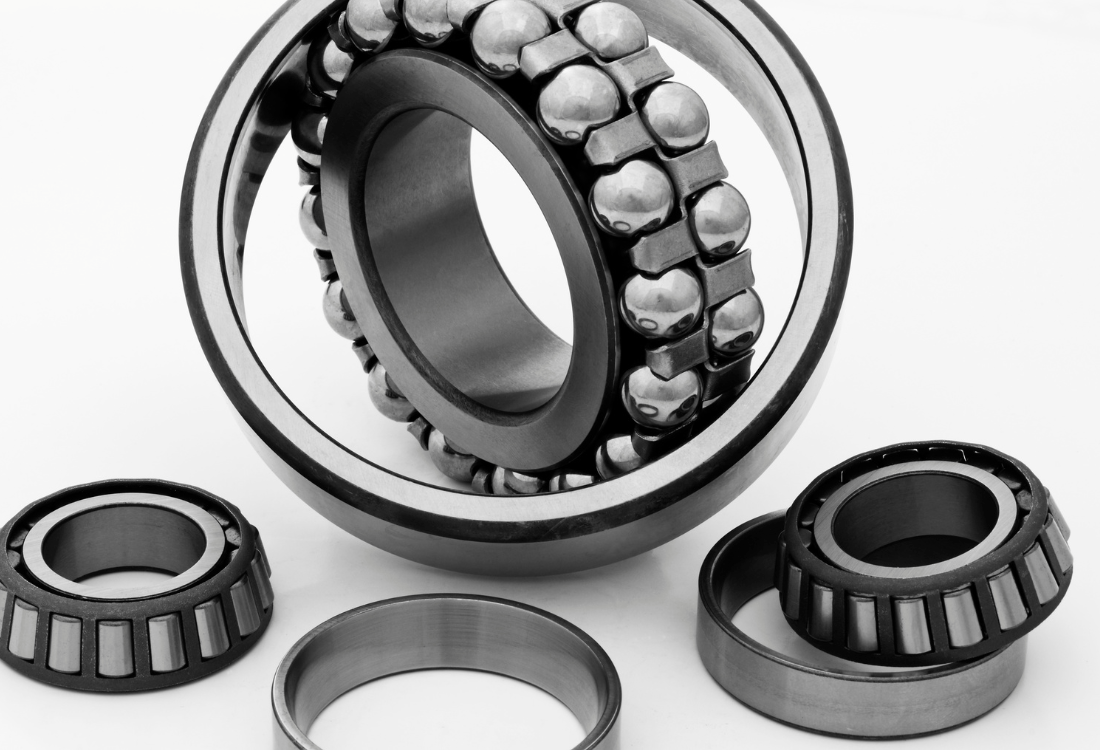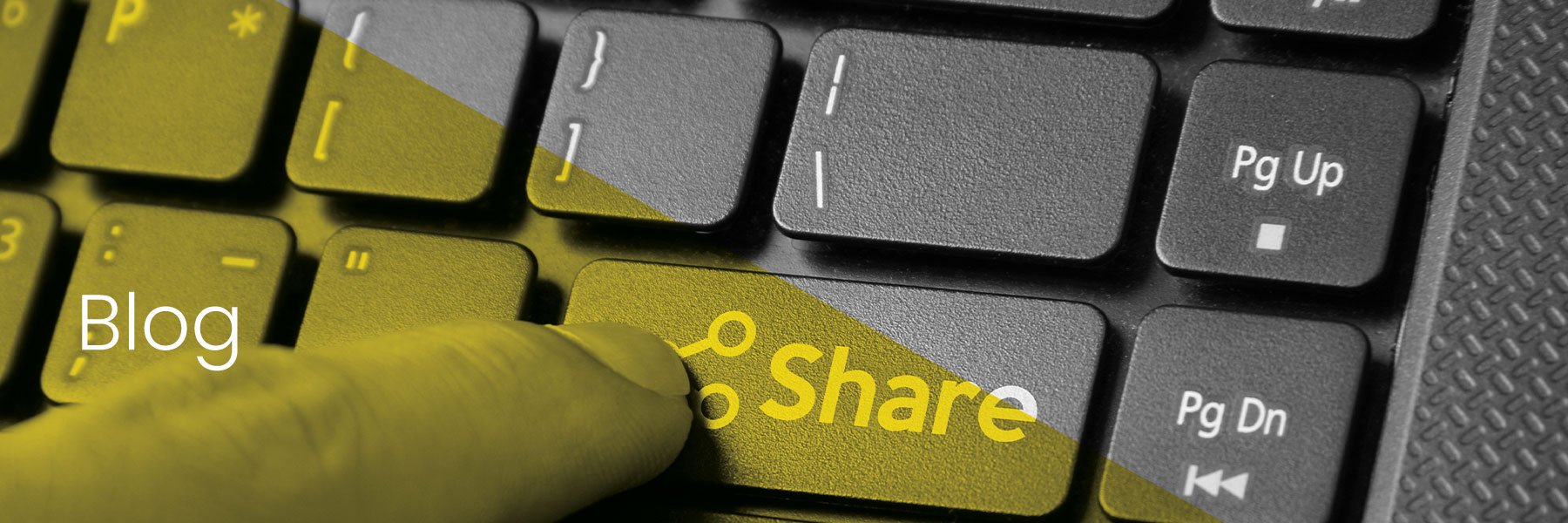
A 5 Step Guide To Ball Bearing Maintenance
Properly caring for ball bearings is essential to ensure the optimal performance and longevity of your equipment. Incorporating these five straightforward steps for ball-bearing maintenance into your regular PPM schedule will help you get the most out of your bearings and avoid premature failure.
Step One: Handle And Store Properly
The first step is proper handling and storage of your ball bearings. Ball bearings are precision parts that can easily be contaminated or damaged if not cared for correctly. Always wear gloves when handling bearings to prevent corrosion from skin oils or sweat.
Store unused bearings horizontally in their original packaging in a clean, dry area at room temperature. This prevents moisture, dust, and dirt from entering the bearings prior to installation. Dropping or mishandling bearings can cause unseen damage that might not manifest until a later date.
Step Two: Regularly Inspect Shafts And Housings
Prior to installation, inspect bearing shafts and housings for the correct fit and any defects. Wipe surfaces clean of dirt, nicks, or burrs using a lint-free cloth. The shaft and housing surfaces must be smooth and round for proper bearing function. Any imperfections in these areas can lead to excess vibrations, noise, or decreased bearing life.
Step Three: Follow Manufacturer-Approved Mounting Techniques
Always refer to the manufacturer's guidelines for proper mounting of each specific bearing. In general, apply pressure evenly across the bearing race during mounting and dismounting to avoid damage to the rolling elements inside. The mounting method varies depending on the bearing type, shaft fit, speed, and load ratings. For example, setscrew locking methods differ from press fits.
Step Four: Prevent Corrosion And Contamination
Two of the main causes of premature bearing failure are corrosion and contamination. As mentioned, always wearing gloves prevents sweat and skin oils from causing corrosion. Further, apply a corrosion-inhibiting grease during storage and idle periods.
Contamination refers to any foreign particles or moisture that make their way into the bearing grease or races. Over time, this causes premature wear and noise through excess friction and vibrations. Protect stored bearings from moisture ingress and inspect new parts for shipping dust or debris before use, and when relubricating, completely clean away old grease to prevent particle contamination.
Step Five: Replace Bearings Proactively
The final maintenance step is strategic, or proactive, bearing replacement. As a general rule, ball bearings have a limited service life and should be proactively replaced rather than waiting for failure. When replacing, choose bearings of equal or better quality than OEM parts to prevent premature failure.
We can help you select the appropriate replacement bearings based on the operating conditions in your application. This prevents underspecifying components that fail early or over-specifying needlessly expensive parts. In many cases, planned bearing replacement costs less than emergency downtime and repairs after failure.
Find Out More
Check out our Ultimate Guide To Bearings, Mechanical Power Transmissions And Linkages to learn everything you need to know about bearings. With proper care, ball bearings provide reliable, long-lasting performance to rotate equipment smoothly for years on end without unexpected failures or replacement costs. Get in touch today!
Image Source: Canva






